The Ultimate Guide to Camping With Your CPAP
Introduction
Not only is camping with sleep apnea possible, but we’ll also show you how to make the most of your trip and make it truly fun! When it comes to utilizing your CPAP (Continuous Positive Airway Pressure: CPAP full form) machine while camping, you have two alternatives. Alternatively, you can:
-Only stay at a campsite with a power outlet.
-Use a CPAP Battery to take your therapy off the grid.
Each has advantages and disadvantages, which we’ll go over in depth in the following paragraphs.
Visit a Campsite with Electricity
A CPAP uses electricity and a powered campground will provide the advantage of giving all of the electricity you’ll need for your therapy without the necessity for as many compromises in equipment. If you look, you’ll find that there are campsites with power, such as KOA campgrounds and State Parks. Anyone who needs CPAP humidification will appreciate the ability to plug in.
When using battery power to power your CPAP machine, you’ll notice that using a heated humidifier will drain the battery much faster than it would otherwise, drastically reducing therapeutic runtime. You can prevent this problem and receive the full benefits of your therapy by connecting in.
Benefits:
Powered campsites are popular among campers since they are usually clean and well-maintained. They frequently come with additional benefits like bathrooms, wifi, and showers.
Drawbacks: Powered campsites have a number of disadvantages. On popular weekends, you may have to rethink your plans totally because they will be fully booked. They also draw a large number of people, so you won’t be totally isolated from society, and it can get boisterous at times. A campsite with electricity may not be for you if the joy of camping for you is getting away from other people or spending the night in a harsh setting with stunning sights. In that scenario, you should look at CPAP batteries.
Carry Batteries
CPAP batteries allow you to travel further away from civilization, but the amount of time you may be away is restricted. The majority of CPAP battery packs will last one to two nights before needing to be recharged. Consider obtaining additional batteries if you plan on traveling or hiking deep into the woods or up a mountain. You can extend your time away from home by having two or three on hand.
While it may be tempting to miss therapy for a few nights in order to enjoy the great outdoors more fully, remember that bringing your therapy with you will most likely make your trip more enjoyable. If you refuse to pack your CPAP machine, you will miss out on the benefits of successful CPAP therapy, such as enhanced sleep and focus, greater vitality, and emotional stability. Instead, you’ll increase your chances of developing high blood pressure, cardiovascular disease, stroke, and diabetes, while also limiting your capacity to completely enjoy your holiday. In conclusion, packing your machine may be a pain, but the benefits outweigh the inconvenience, and you’ll be glad you did it.
Benefits:
Off-grid camping is regarded by many camping fans as the greatest way to camp, and the only way to do it is with a battery. Batteries allow you to go wherever you choose. Most are FAA-approved CPAPs for usage on airplanes.
Drawbacks: Some Lithium-ion batteries can’t sustain high temperatures; this might harm the battery’s chemistry, resulting in a fire or a battery meltdown. Batteries are also highly useful, although some can be rather costly, costing up to $700. The majority, though, are in the $200 to $400 range. Finally, depending on your machine and settings, you may run out of power sooner than you anticipated—especially if you’re using a power inverter.
3 Tips for Bringing Your CPAP Camping
Tip 1: When camping, consider using a portable CPAP machine.
If you’re going camping, a travel-sized CPAP machine that fits into compact spaces (like a backpack) and is light enough to not add too much extra weight is useful. This will make it more portable, allowing you to bring more gear than if you were using a home unit.
The majority of travel CPAPs have a few advantages over home units:
-You’ll have a machine for both your home and your travels.
-Advanced Features are Embedded in Travel Machines It’s possible that older machines don’t have this feature.
-Using Your Machine in a Car or on a Plane Will Be Easier
There is presently no CPAP with a built-in battery available many people find that the combination of a travel machine and a travel battery works just fine.
Tip 2: Stay away from power inverters.
Why is it that utilizing an inverter is such a horrible idea? The conversion to AC is done by inverters using battery power. As a result, not only is the machine getting power from the battery, but the inverter is as well. This can cause the battery to deplete twice as quickly as if you didn’t use one. Using an inverter is sometimes inevitable.
Some machines need AC power and cannot work with DC power. This means that a battery needs to be converted to AC power to supply them. The Pilot-24 Lite is compatible with 24-volt machines like the AirMini, and it can connect directly without a power inverter. This provides a longer-lasting battery charge. In doing so, it doesn’t need a power inverter, and you will get a longer-lasting charge from the battery.
Finding a battery that is made precisely for your equipment is the best method.
Tip 3: Consider using solar power to charge your battery.
Solar charging can be a game-changer for those spending a lot of time off the grid. The Expion 360 Solar Charger for Expion Batteries is one of the better options available. Solar charging solutions can be tough to come by, and they’re usually battery-specific rather than universal.
By using a solar charger, you can ensure that you have a continuous source of power for your CPAP machine during your camping trips. Solar panels may charge the battery while you’re hiking and enjoying the great outdoors, and the battery will be ready for another night of therapy when you return to camp at night. This can be especially helpful if you plan to spend multiple nights in the wilderness. In addition, solar panels can increase your range and allow you to spend more time in the woods without worrying about running out of power. This means you can explore new trails and enjoy longer hikes without having to constantly monitor your battery levels.
The best CPAP for camping
If your CPAP machine can be powered from a 12V cigarette-lighter style socket using a DC adaptor, the EXP96 Pro CPAP battery is the best option for camping. It has a capacity of 307.2 Watt-Hours and can last for four to six nights of CPAP therapy on a single charge if the humidifier is turned off and the average pressure is set to 5-10 cm H2O.
The EXP96 Pro is a lithium-iron-phosphate battery that can withstand temperatures up to 132 degrees Fahrenheit, compared to the 104 degrees Fahrenheit limit of normal lithium-ion batteries. It also has a 5,000-charge life cycle, compared to lithium-ion batteries’ usual 500-charge life cycle. While the EXP96 lacks the adaptability of a battery like the Portable Outlet UPS Battery, which has a normal AC outlet, it is more energy efficient because it runs on DC power. If that wasn’t enough, it also has an optional solar panel charger in addition to the AC and DC chargers, allowing you to stay off the grid for as long as you like. The EXP96 may be connected to your CPAP and a power outlet and will automatically adjust your settings.
The Portable Outlet UPS Battery provides AC power for camping with your CPAP machine or when a DC adaptor is unavailable. It features an AC outlet, a 3.0 A fast-charging USB port, and a 159 Wh capacity. It recharges in 4-5 hours and powers your CPAP for one to two full nights. Although it doesn’t have the same remarkable capacity as the EXP96 Pro, it’s still a great option for those using a powered campsite. The Portable Outlet can also be used as a backup battery, just like the EXP96.

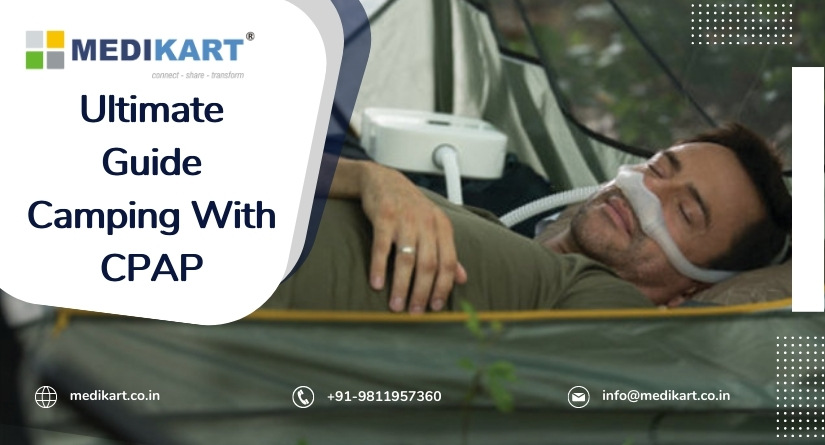
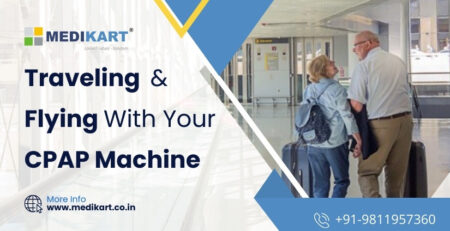
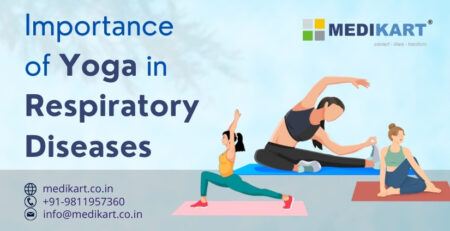
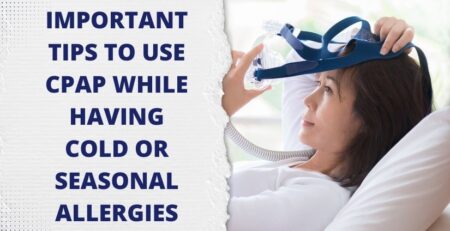
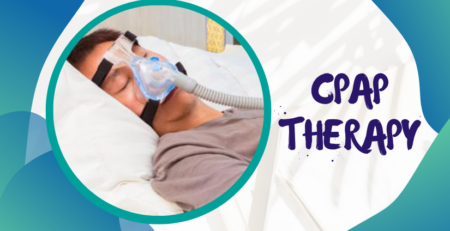
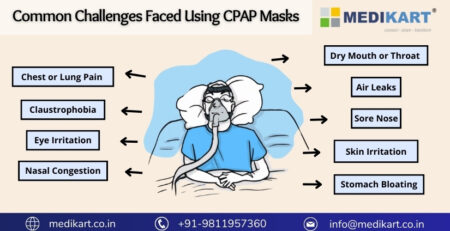
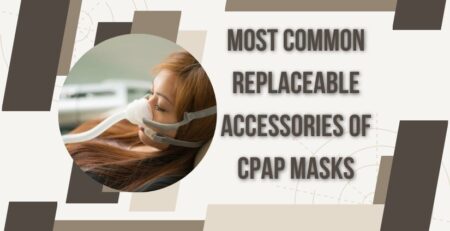
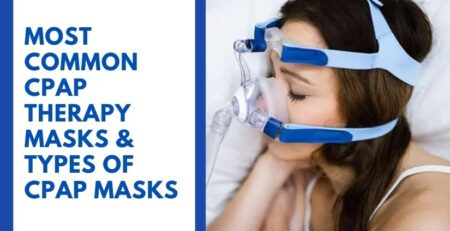
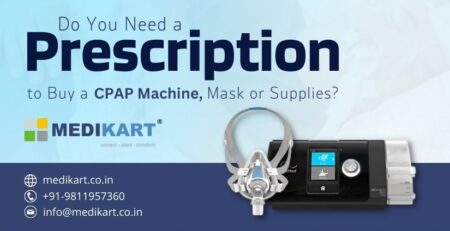

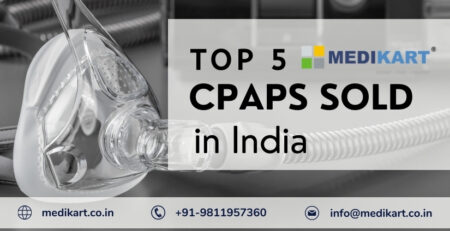






Leave a Reply